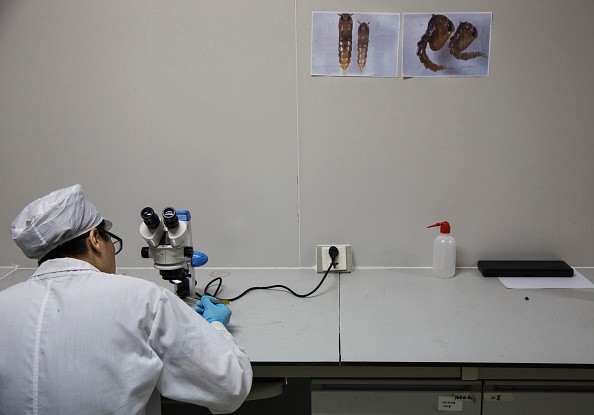The Chinese Academy of Sciences (CAS) unveiled on Wednesday 60 new science and technology projects covering various topics of study and aims to accomplish all of it in the next five years.
The study areas cover organ repair and reconstruction, water pollution control, research on Moon samples, a low-frequency radio telescope and the development of a ground application system for the Mars mission.
CAS President Bai Chunli said that the Academy's five-year plan will be significant in the international research field.
"We will strive to occupy the international high ground in strategic hotspot fields and blaze the trail in cutting-edge and cross-discipline areas, achieving a series of major original achievements, technologies, and products," he said.
China has recently released shots of the latest Mars probe. The CAS intends to launch its mission to Mars as part of the CAS' five-year plan.
Other areas of study would be life and health, resources and environment, new generation materials, energy, oceans, information, photoelectricity, and space.
The country also intends to join the world's top research teams in physics, chemistry, materials science, math, ecology, and Earth science by the end of 2020, as well as safekeeping intellectual property rights.
The Nature Index of 2016 released a report showing that China is already second to the United States in a publication of scientific researchers.
In a press release, the Nature Index said, "Of the top ten countries in the Nature list, only China has shown double-digit growth between 2012 and 2015 with some of its universities growing their contribution to the index as fast as 25 percent annually."
Because of the influx of government funding, researchers have been compensated well and have had increases in wages.
A scientist from the Tsinghua University said, "In major cities, more and more Chinese scientists are making as much as they can for the same position in the U.S."



























